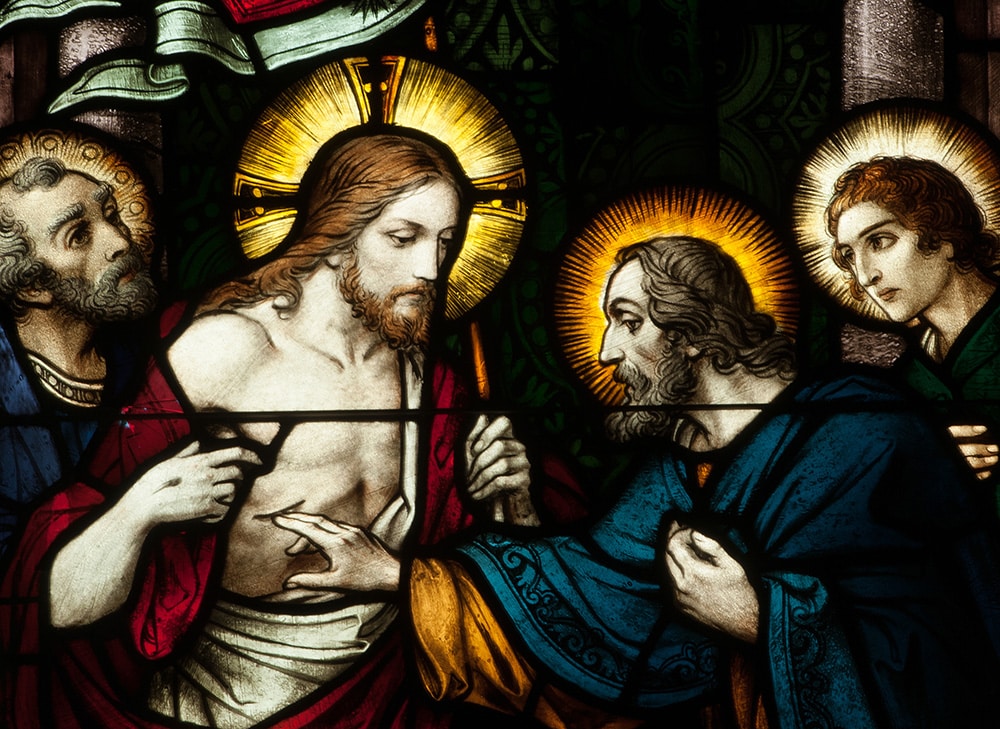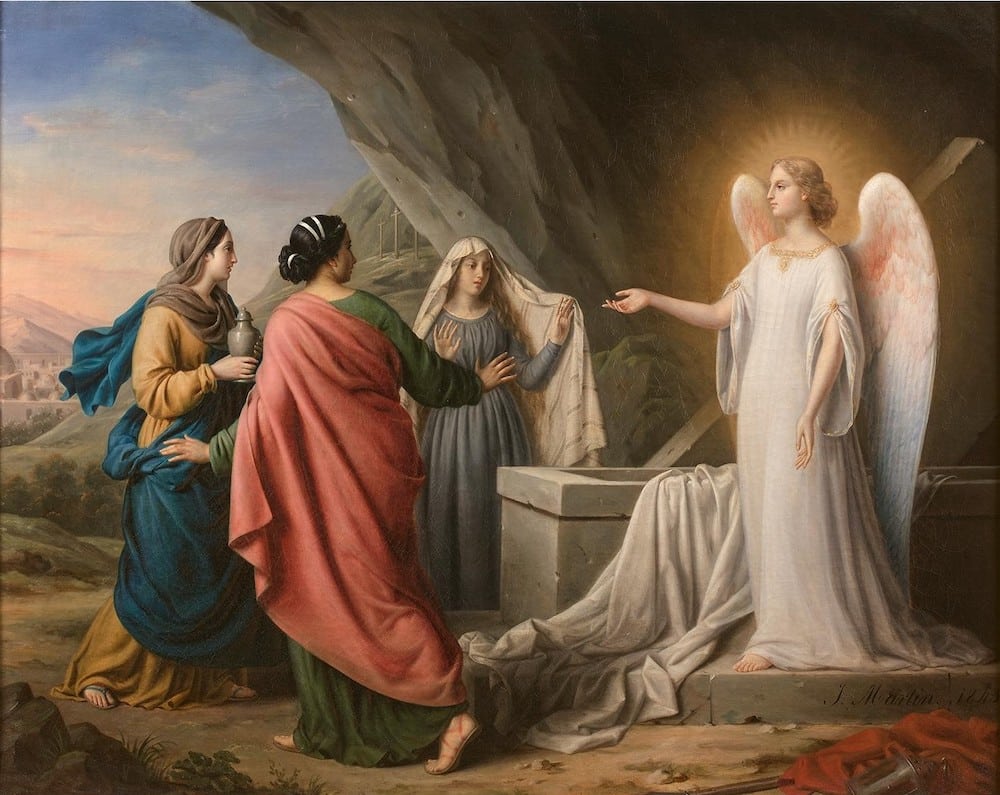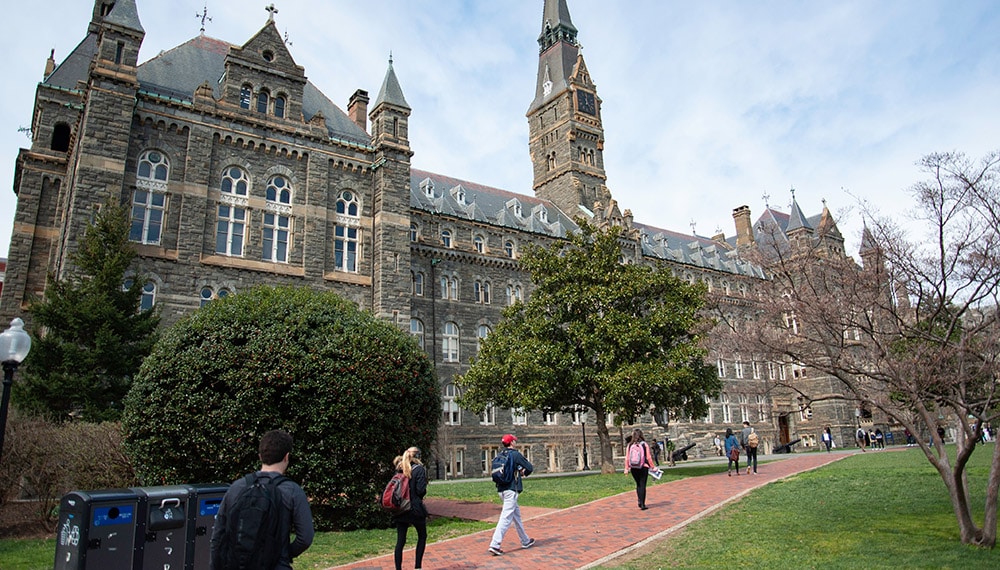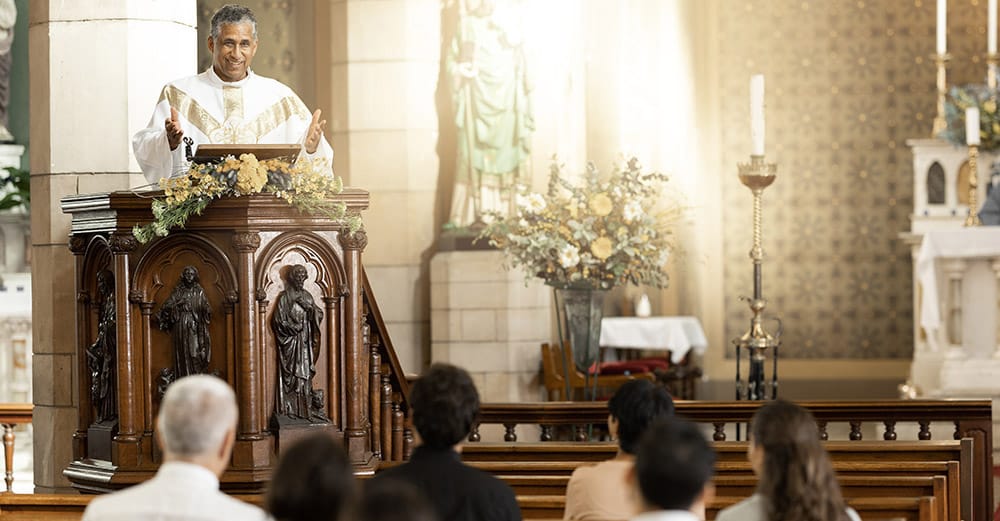On this second Sunday of Easter, I greet you with the Eastern Easter greeting: “Christ is risen. Truly, he is risen. Alleluia!”
It seems to me that our Gospel reading for Mass this Sunday underscores this greeting: yes, truly, Christ is risen. We will thus focus our attention on doubting Thomas’ encounter with the risen Lord.
But we will do this with the most clarity if first we will back up a bit. Let’s revisit a couple passages from John’s account of Christ’s death, already read aloud during the Good Friday liturgy.
First, recall John 19:33-35: “But when [the soldiers] came to Jesus and saw that he was already dead, they did not break his legs, but one soldier thrust his lance into his side, and immediately blood and water flowed out.”
| April 16 – Second Sunday of Easter (Sunday of Divine Mercy) |
|---|
|
Acts 2:42-47 |
Frankly, friends, we want to revisit this passage because it tells us in no uncertain terms that, in this moment, Christ is dead. We encounter his death in this passage, present to the blood and water that flowed from his pierced side, even contemplating it with the other onlookers (who included none other than his own Mother and the author of this Gospel, John). Yes: Christ truly died! His blood truly flowed out for us.
But see what John writes next: “An eyewitness has testified, and his testimony is true; he knows that he is speaking the truth, so that you also may come to believe.”
In other words, we who cannot witness Christ’s death other than in the Scriptures are called to rely upon eyewitness testimony. I have seen this, John says, and so you can believe!
We have a parallel exhortation in our readings for this Sunday. After the account of Thomas’ encounter with the risen Lord, John again tells us, “But these are written that you may come to believe that Jesus is the Christ, the Son of God, and that through this belief you may have life in his name.”
Twice now, John has told us the very purpose of his Gospel. He remembers and writes about Christ’s death and Resurrection — a true death, as we just saw, and so a true resurrection — so that we might believe. He invites us to see Christ in faith, through the lens of the Resurrection.
And so let’s focus our attention on Thomas’ encounter with the risen Lord.
Thomas had not been present at an appearance of the risen Lord. And so he tells his fellow disciples (and us): “Unless I see the mark of the nails in his hands and put my finger into the nailmarks and put my hand into his side, I will not believe.” Note Thomas’ focus: Christ’s wounded hands and side. Thomas desires to see the distinctive marks of Christ, already contemplated in John 19:34 while flowing with blood and water. These same wounds would reveal Christ to Thomas: truly this is the Lord, the one pierced out of love for us.
As we know, the risen Lord then appears to Thomas. Indeed, he offers his wounds to Thomas’ touch!
“Put your finger here and see my hands, and bring your hand and put it into my side, and do not be unbelieving, but believe.” We don’t know if Thomas actually reaches out to touch Christ’s wounds, but we do know that Thomas immediately believed, calling out: “My Lord and my God!”
Thus, we have heard Thomas’ testimony, too, called again to believe without touching or seeing the risen Lord. And yet, we do truly touch the risen Lord and his own pierced testimony of love. We receive him into our own hands whenever we receive the Eucharist, in which Christ is truly present, as truly risen and as true Love. Thus, we are called not only these Sundays of Easter, but every Sunday to testify by the Easter greeting: “Christ is risen. Truly, he is risen. Alleluia!”
Catherine Cavadini, Ph.D., is the assistant chair of the University of Notre Dame’s Department of Theology and director of its master’s program in theology.







